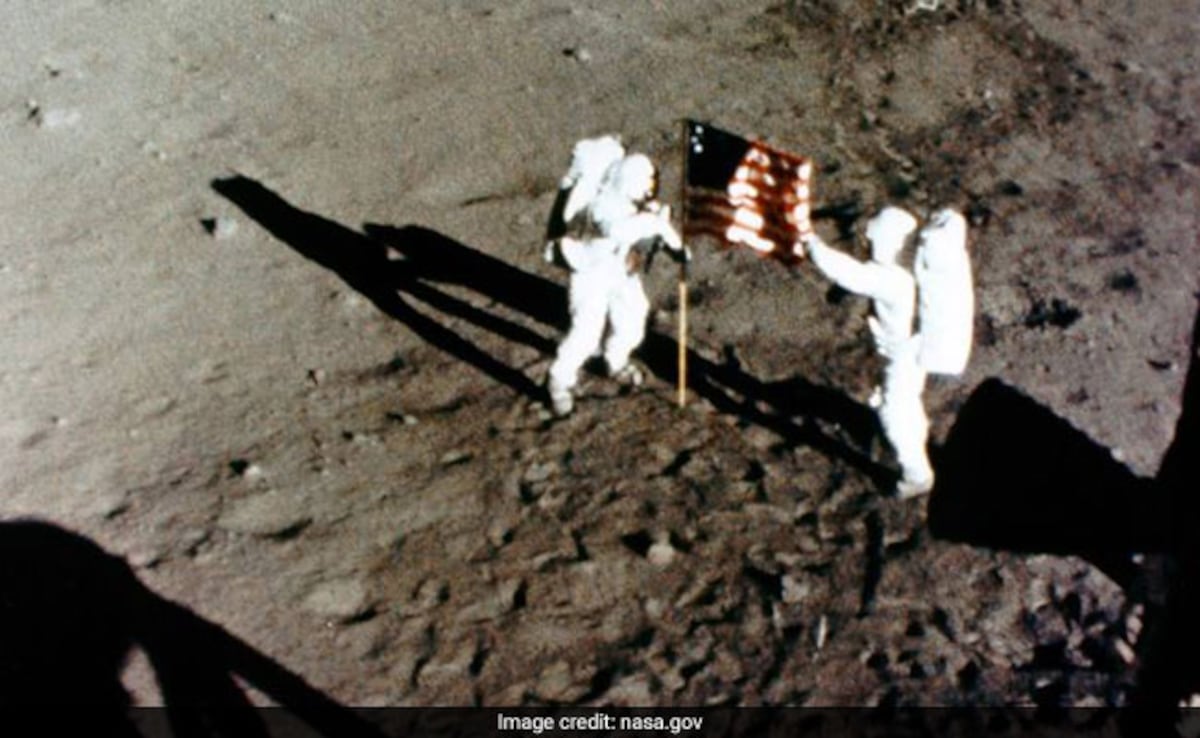Nearly seven decades after revolutionising clean energy, British engineer Francis Thomas Bacon’s groundbreaking work is set to be recognised with a blue plaque at his former residence in Little Shelford, Cambridgeshire. Mr Bacon, an Essex-born innovator, invented the hydrogen-oxygen fuel cell – a clean, high-efficiency power source – that helped propel Apollo 11’s historic moon landing in 1969 and transformed energy research.
Mr Bacon’s fuel cells, later named “Bacon Cells” by NASA, were instrumental in the Apollo missions, supplying secondary power that enabled astronauts to communicate, operate equipment, and even drink water generated by the cells. In a 1969 BBC interview, Mr Bacon explained the device’s significance: “Normally, in the course of time, a battery runs down and you’ve got to recharge it. Now, [with] this device, as long as you go on feeding hydrogen and oxygen into it, and you remove the water formed, it will go on generating power indefinitely – and the astronauts drink the water.”
His work earned high praise, with then-President Richard Nixon reportedly telling him, “Without you, Tom, we wouldn’t have gotten to the moon.”
The Cambridge-based charity Cambridge Past, Present & Future is championing the plaque as a tribute to Mr Bacon’s contributions, which continue to inspire sustainable energy research today.
Professor Sam Stranks of Cambridge University, an expert in energy materials and optoelectronics, emphasised the importance of Mr Bacon’s vision. “He was a pioneer,” said Mr Stranks, as per the Guardian. “Fuel cell technology was extremely important to the space program because as long as you can continuously supply the gases, you can keep producing electricity.”
This efficient, adaptable power source was ideal for remote environments like outer space and has since influenced renewable energy innovations across sectors.
Fuel cells are experiencing renewed interest as a potential green energy source. Mr Stranks pointed out their relevance in modern applications, particularly in powering long-haul trucks, ships and remote facilities where conventional batteries would be impractically large and heavy.
Reflecting Mr Bacon’s vision, he added, “I always hoped it would be used for driving vehicles about,” and anticipated that “in a modified form, it is going to come.”
Mr Bacon’s interest in fuel cells began in 1932 after his studies in mechanical sciences at Cambridge. Inspired by the theoretical work of physicist William Grove, who explored the concept of fuel cells in 1839, Mr Bacon began his own experiments. He soon faced an ultimatum from his employer – either abandon the risky research or leave. Choosing the latter, Mr Bacon pursued his work at Cambridge University and then Marshall, a local engineering firm.
For years, he struggled to fund the project until, in 1962, NASA adopted his alkaline fuel cell for the Apollo program. A US company invested $100 million, a major breakthrough for Mr Bacon’s once-overlooked invention.
Despite this success, Mr Bacon remained largely unknown outside the scientific community. Professor Clemens Kaminski of Cambridge University said, “British engineers have some of the most brilliant ideas, but turning those ideas into commercial successes is what then often fails, and Bacon faced this. Yet he persevered.”
In recognition of his contributions, Apollo 11 astronauts Neil Armstrong, Buzz Aldrin and Michael Collins personally thanked Mr Bacon, gifting him a signed photograph of Mr Armstrong’s famous moonwalk.
Though Tom Bacon died in 1992, his legacy continues to inspire. Professor Stranks described him as “a visionary and an unsung hero,” believing Mr Bacon’s pioneering work on fuel cells still foreshadows today’s clean energy efforts.












